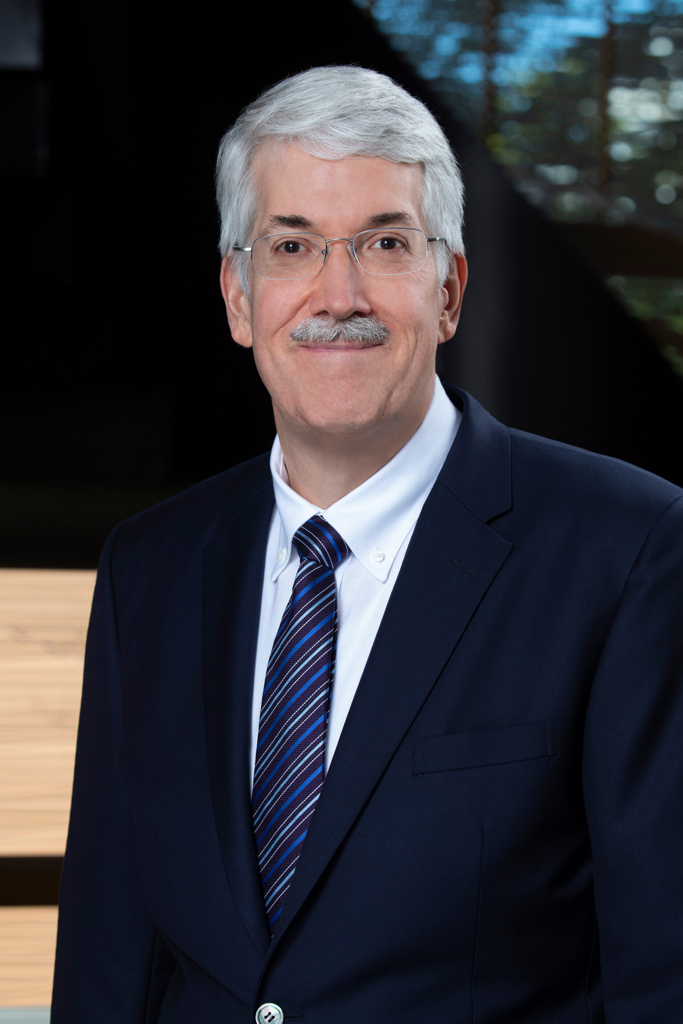John Doyle
John Doyle

John Doyle, Henry B. Silsbee Professor of Physics, Harvard University, grew up in the US and received his bachelor’s in 1986 and PhD in 1991 from the Massachusetts Institute of Technology (MIT). After being a postdoc at MIT, he joined Harvard University as an assistant professor of physics in 1993.
Doyle's research centers on using cold molecules for science, including particle physics, collisions, and quantum information. Starting with the development of a new technique for producing heavy, polar radical molecules in an intense cold beam, he launched, with collaborators, searches for physics beyond the Standard Model (BSM) through probing for the electron electric dipole moment. His group is a pioneer in the cooling and trapping of molecules, studying collisional processes in atoms and molecules and developing tools to achieve full quantum control over increasingly complex molecular systems. They pioneered the laser cooling of polyatomic molecules and are working to realize new techniques to trap and study interactions in polyatomic molecules.
Doyle is director of the Japan Undergraduate Research Exchange Program (JUREP) and is a co-founder of both the Harvard Quantum Initiative and the Harvard/MIT Center for Ultracold Atoms, serving as co-director of each for seven and twenty years, respectively. He has published papers in the areas of ultracold atoms, molecules, spectroscopy, precision measurement, ultracold neutrons, respiratory disease transmission mitigation, and dark matter detection as well as supervised the PhDs of over thirty students. He is a Humboldt, Fulbright, and American Physical Society (APS) Fellow, and winner of the APS Ramsey and Broida prizes. He is the 2025 APS President.
In 2025, he received the William F. Meggers Award "For developing pioneering methods enabling a broad range of spectroscopic studies, including cryogenic cooling of large molecules and radicals, novel probes of chirality, slow molecular beams, and laser cooling of large molecules."
Document Created: 12 February 2025
Last Updated: 15 September 2025
